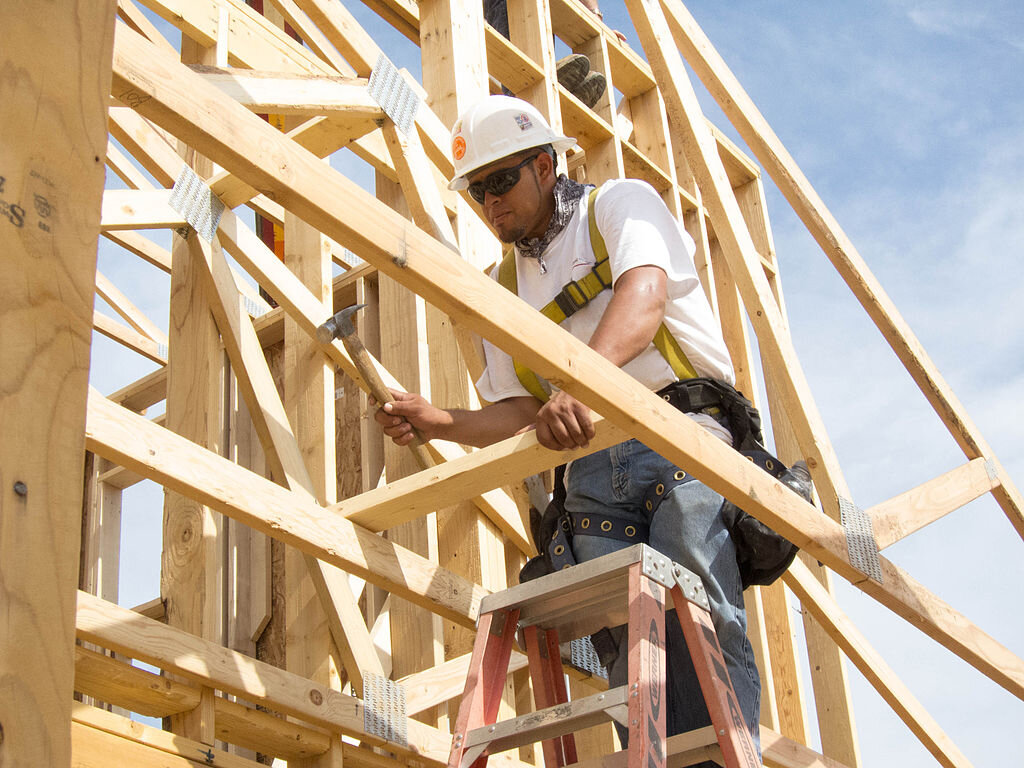Extension Ladder Safety
Date Posted: 09/15/2016
Ladders are probably the most used and misused piece of access and egress equipment and their usage accounts for a large percentage of accidents. Keep attention to details when working with ladders. Ensure that you choose a ladder that is tall enough for you to safely access your work area or reach your task. The ladder must also be strong enough to support you and your tools, and suitable for your work environment.
Inspection
Parts must be free of defects; cracks, dents, bends, breaks, splits, sharp edges, corrosion, rust, exposed fiberglass, rot, decay, or excessive wear.
Rungs and steps must be free of mud, grease, oil, wet paint, snow, or other slippery substances.
Rungs, steps, and side rails must be securely connected.
Bolts, rivets, nails, and screws must be secure.
Moving parts must move freely without binding or too much play.
Safety shoes or padded feet are in good repair and clean, not missing or loose, and not excessively worn.
Locking guides or brackets must be properly engaged.
Rope tracks must be placed properly in the pulley.
Ropes must not be frayed, cut, badly worn or burned, and free of tangles.
Set-up Requirements
Make sure you can set up your ladder at the required angle, using the 4-to-1 rule; ensure the ladder is 1 foot away from the wall for every four feet that the ladder rises.
If you will be getting off the top of your ladder to access your work area, make sure your ladder’s side rails extend at least 3 feet above the level or upper landing you are accessing.
If possible, always dig down instead of building up for footing support or use leg levelers on uneven surfaces.
If floor surface is smooth, such as a polished concrete surface, consider securing the ladder at the bottom.
Check the load and duty ratings on the manufacturer’s label. Make sure your ladder can handle the combined weight of you and your tools.
Use a ladder made of non-conductive materials, such as fiberglass, when doing electrical work.
Ladder Use
As a rule, never let your belt buckle go outside of the side rails.
You must use a safety belt with a lanyard that is secured to the ladder when doing any work that requires the use of both hands and is done from a ladder more than 25 feet above the ground or floor.
Presenter tips
Pre-read the Toolbox Talk. Your comfort level and confidence will be higher if you know your topic.
Discuss related tasks, work areas or events that make the Toolbox Talk relevant to your job site.
Involve the workers by asking questions and input that drives discussion.
Questions for Discussion
What are some other things that can cause you to lose your balance?
How do we store ladders when not in use? I.E. leave them leaning or lay them down


